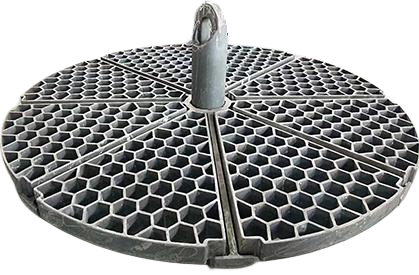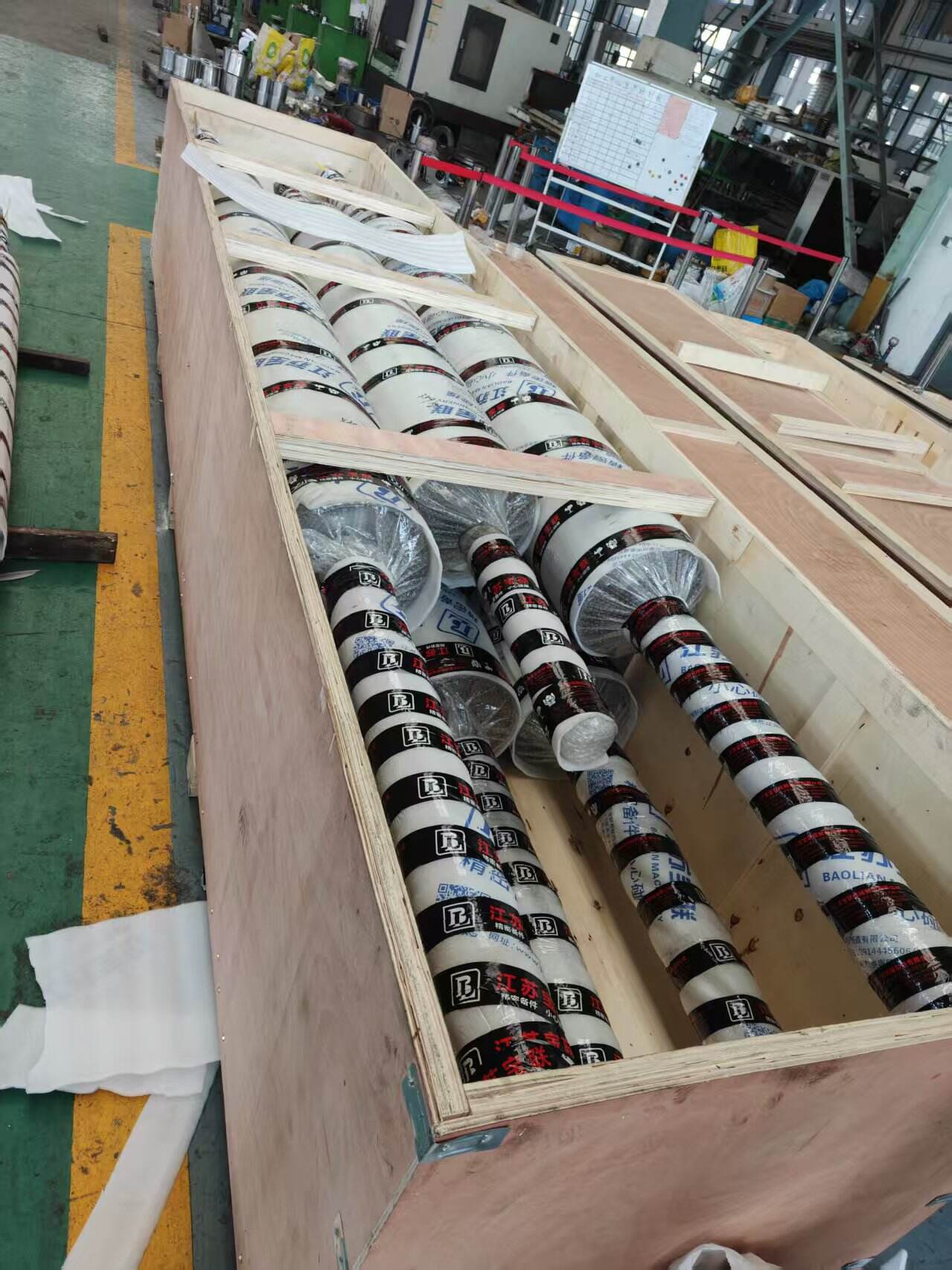nitriding heat treatment
Nitriding heat treatment is a sophisticated surface hardening process that enhances the properties of metal components through the diffusion of nitrogen into the surface layer. This specialized technique operates at relatively low temperatures, typically between 500-550°C, which minimizes distortion and maintains the core properties of the treated materials. During the process, nitrogen atoms penetrate the surface of the metal, forming nitrides with the base material and alloying elements. This creates a hard, wear-resistant surface layer while maintaining a tough, ductile core. The treatment can be performed using various methods, including gas nitriding, plasma nitriding, and salt bath nitriding, each offering specific advantages for different applications. The process significantly improves surface hardness, wear resistance, fatigue strength, and corrosion resistance of treated components. Common applications include automotive components, industrial machinery parts, aerospace components, and tools for manufacturing processes. The nitriding process is particularly effective for alloy steels containing nitride-forming elements such as chromium, aluminum, and molybdenum.

